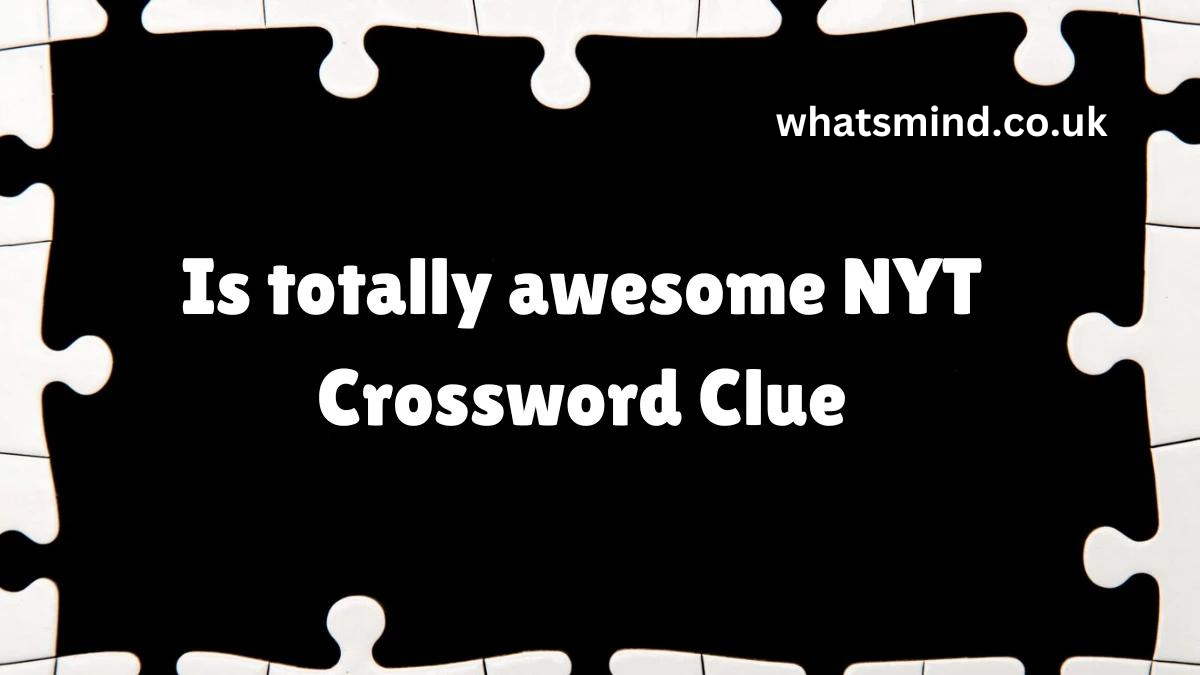The power of AI language models like ChatGPT lies in their ability to understand and respond to prompts in a wide range of contexts. But what makes a prompt effective? To get the best results, using the right writing style is essential. In this article, we’ll explore the best writing style for ChatGPT prompts and provide tips to maximize clarity, efficiency, and creativity in your interactions with AI.
H1: Why Writing Style Matters for ChatGPT Prompts
When crafting prompts for ChatGPT, the way you phrase your instructions can directly impact the quality of the responses you receive. A well-structured, clear, and concise prompt helps the model understand the task more efficiently, ensuring that the response is relevant and aligned with your expectations. On the other hand, vague or ambiguous prompts may lead to less accurate or helpful answers.
H2: The Essentials of the Best Writing Style for ChatGPT Prompts
For effective ChatGPT prompts, focus on these key elements:
- Clarity
- Specificity
- Conciseness
- Context
Each of these plays an essential role in communicating your intent clearly to the AI, which in turn allows the model to generate more precise responses.
H3: Clarity in Prompts
When writing a prompt, aim for clarity above all else. The more clearly you express your needs, the better ChatGPT will understand what you’re asking for. Avoid complex sentences or jargon that might confuse the model. For example:
- Instead of: “Can you describe some recent technological trends in artificial intelligence, focusing on its implications for industries?”
- Use: “List three recent trends in AI and explain how they affect industries.”
The simpler version is easier for the AI to process and will likely result in a more focused response.
H3: Specificity is Key
The best prompts are specific. Ambiguity can lead to broad or irrelevant answers, so providing enough detail ensures that ChatGPT knows exactly what you’re looking for.
- Instead of: “Tell me about history.”
- Use: “Provide an overview of the history of the Roman Empire from its founding to its fall.”
This level of specificity guides the model to offer a more relevant response.
H3: Conciseness without Losing Detail
While clarity and specificity are essential, brevity is also crucial. Long-winded prompts can confuse the model, while too much detail may dilute the core question or task. Try to strike a balance between giving enough context and keeping your prompt short.
- Instead of: “Can you provide me with a lengthy description of how various economic factors like inflation, unemployment, and interest rates influence global trade?”
- Use: “Explain how inflation, unemployment, and interest rates affect global trade.”
This keeps the prompt short while still delivering all the necessary details.
H2: The Importance of Context in Prompts
Context can make or break the effectiveness of a ChatGPT prompt. If the model doesn’t have enough background information, the response may be off-track. Always include relevant context when it’s necessary for the task.
- Instead of: “Write a story.”
- Use: “Write a short story about a detective solving a mystery in a futuristic city.”
This gives the model enough information to generate a more relevant and creative output.
H2: Examples of Well-Structured Prompts
To put these principles into practice, here are some examples of well-structured prompts:
- For research: “Summarize the key factors contributing to climate change.”
- For creative writing: “Write a poem about the beauty of autumn in a peaceful forest.”
- For problem-solving: “Explain how to solve a quadratic equation with an example.”
Each of these prompts is clear, specific, and concise, making it easier for ChatGPT to generate a high-quality response.
Conclusion: Crafting Effective Prompts for ChatGPT
The best writing style for ChatGPT prompts focuses on clarity, specificity, and conciseness. By providing enough context and avoiding ambiguity, you can help the AI model better understand your request and generate relevant, high-quality responses. Whether you’re asking for research, creative writing, or technical advice, following these guidelines will enhance your experience with ChatGPT.
FAQs
1. What writing style works best for ChatGPT prompts?
The most effective writing style for ChatGPT prompts is clear, specific, and concise. Providing enough context and avoiding ambiguity ensures better responses.
2. How can I make my prompt clearer for ChatGPT?
To make your prompt clearer, use simple language, avoid overly complex sentences, and focus on exactly what you want from the AI.
3. What happens if my prompt is too vague?
If a prompt is too vague, ChatGPT might produce broad or irrelevant responses. Being specific in your request helps the model understand your intent better.
4. Should I use long prompts for better results?
Long prompts aren’t always better. While detail is important, keeping prompts concise ensures the model focuses on the core request without confusion.
5. How can I provide context in my prompt?
You can provide context by including necessary background information or specifying the type of response you’re looking for, whether it’s factual, creative, or instructional.



